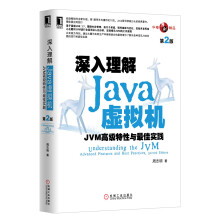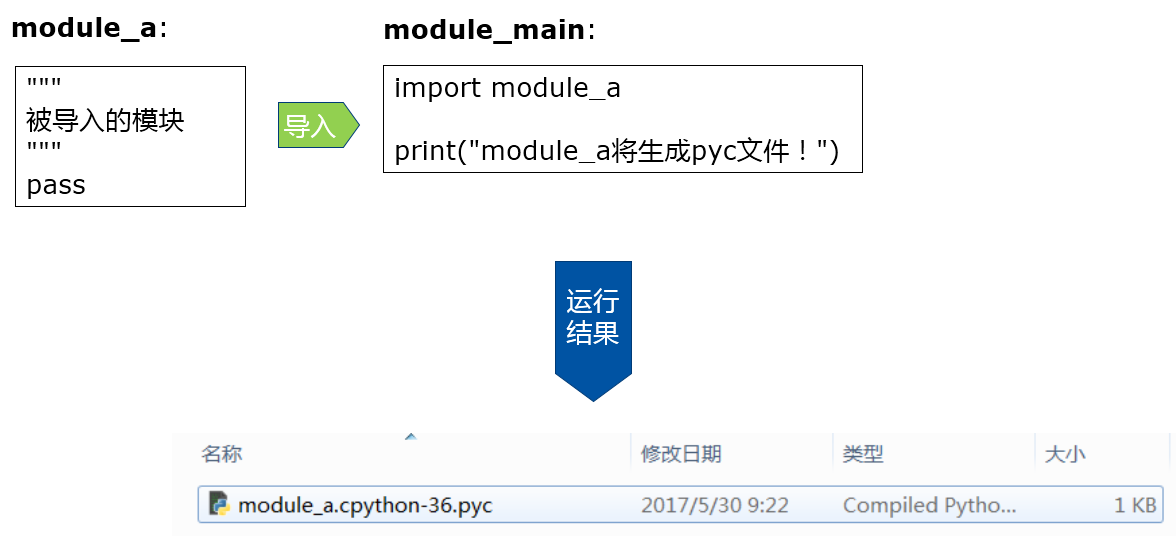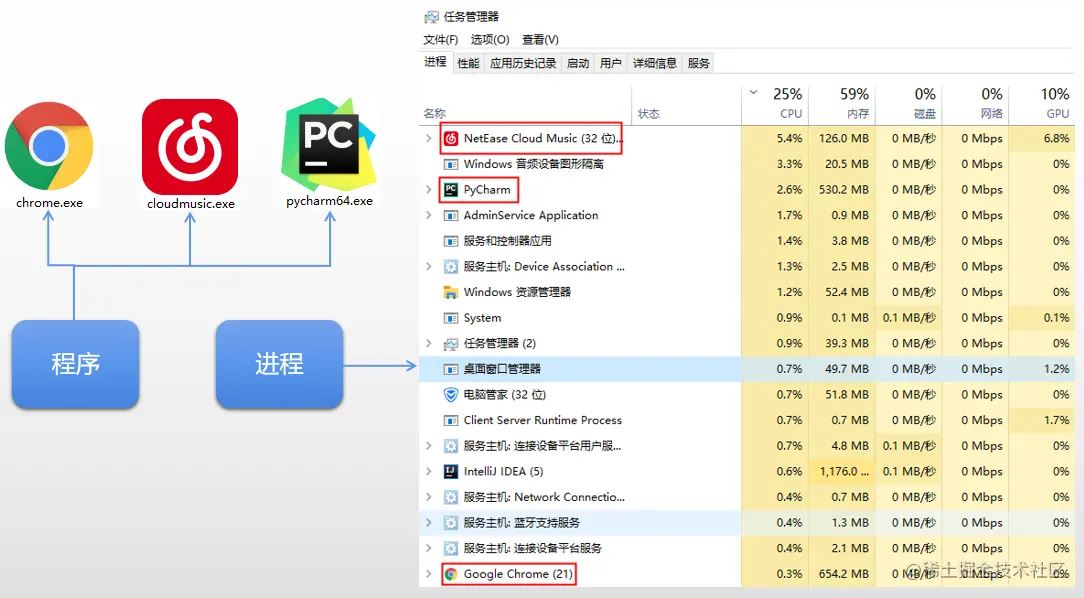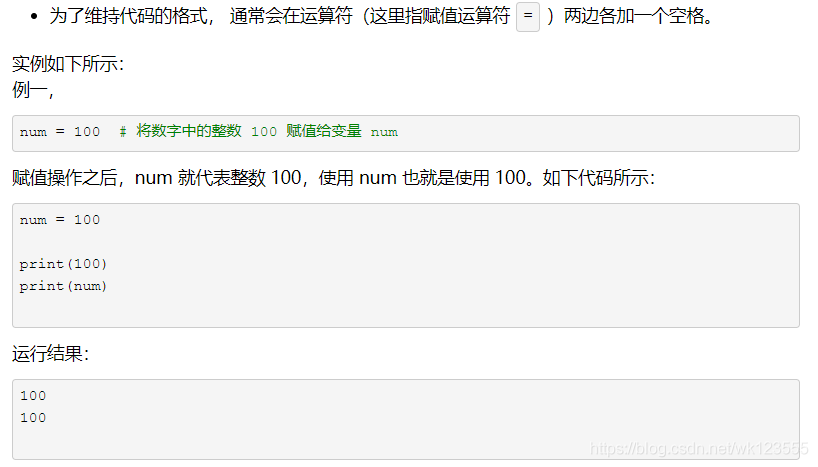多线程:在同一个时间做多件事
守护线程:如果在程序中将子线程设置为守护线程,则该子线程会在主线程结束时自动退出,设置方式为thread.setDaemon(True),要在thread.start()之前设置,默认是false的,也就是主线程结束时,子线程依然在执行。
thread.join():在子线程完成运行之前,该子线程的父线程(一般就是主线程)将一直存在,也就是被阻塞
实例:
#!/usr/bin/python # encoding: utf-8 import threading from time import ctime,sleep def func1(): count=0 while(True): sleep(1) print 'fun1 ',count count = count+1 def func2(): count=0 while(True): sleep(2) print 'fun2 ',count count = count+1 threads = [] t1 = threading.Thread(target=func1) threads.append(t1) t2 = threading.Thread(target=func2) threads.append(t2) if __name__ == '__main__': for t in threads: t.setDaemon(True) t.start()
上面这段程序执行后,将不会有任何输出,因为子线程还没来得及执行,主线程就退出了,子线程为守护线程,所以也就退出了。
修改后的程序:
#!/usr/bin/python # encoding: utf-8 import threading from time import ctime,sleep def func1(): count=0 while(True): sleep(1) print 'fun1 '+str(count) count = count+1 def func2(): count=0 while(True): sleep(2) print 'fun2 '+str(count) count = count+1 threads = [] t1 = threading.Thread(target=func1) threads.append(t1) t2 = threading.Thread(target=func2) threads.append(t2) if __name__ == '__main__': for t in threads: t.setDaemon(True) t.start() t.join()
可以按照预期执行了,主要join的调用要加在循环外,不然程序只会执行第一个线程。
print 的部分改成+,是为了避免输出结果中出现类似fun1 fun2 49 这种情况,这是由于程序执行太快,用‘,'间隔相当于执行了两次print ,在这期间另一个线程也执行了print,所以导致了重叠。
以上这篇对python 多线程中的守护线程与join的用法详解就是小编分享给大家的全部内容了,希望能给大家一个参考,也希望大家多多支持。





